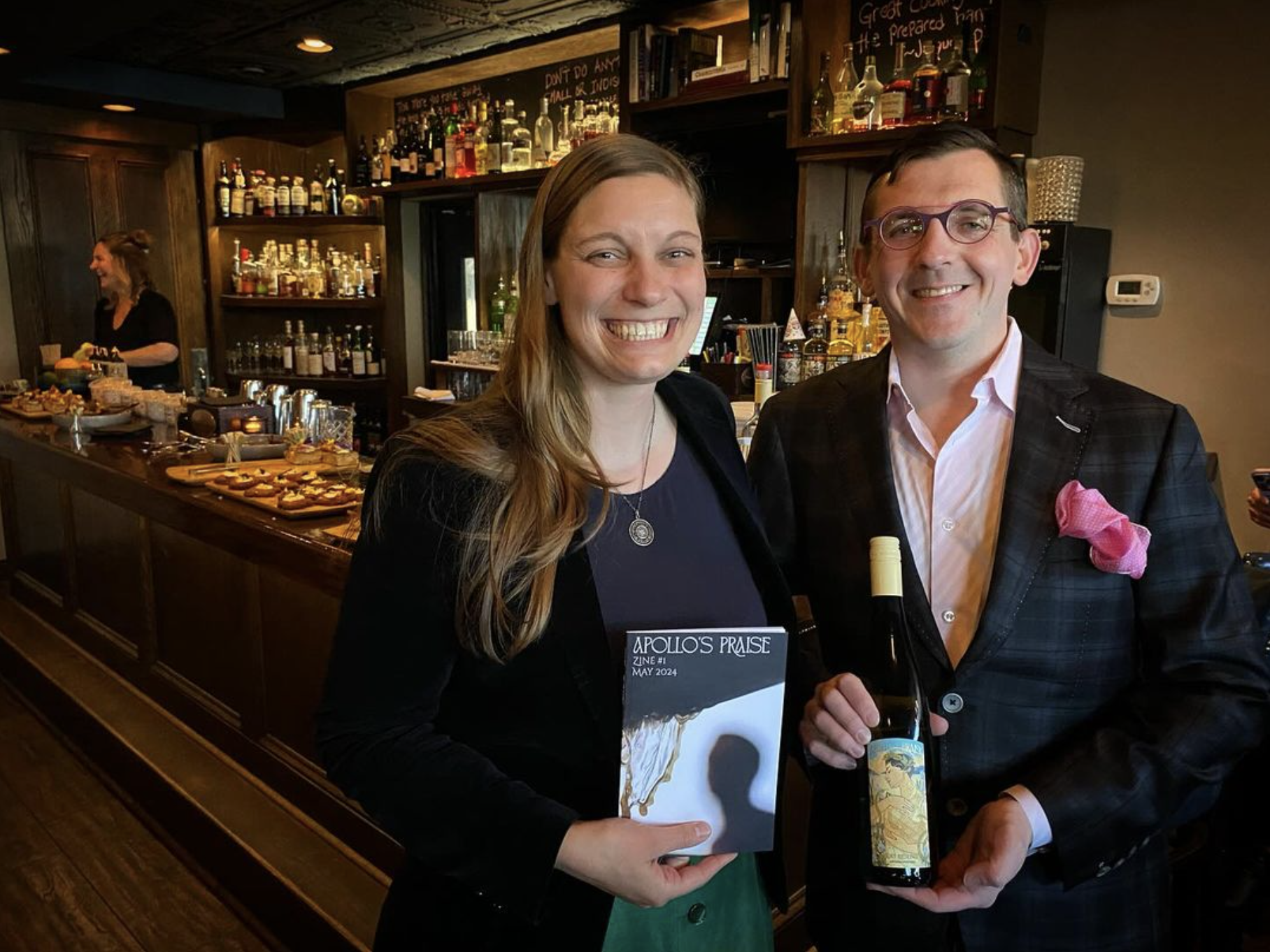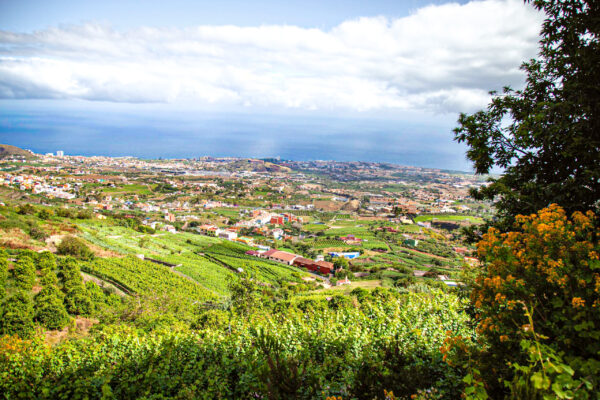We sat down with Finger Lakes winemakers Kelby James Russell and Julia Rose Hoyle to talk about their newest endeavor, Apollo’s Praise. Follow along as we taste through three of their inaugural wines and discuss the philosophy that goes into making exceptional wines in a notoriously challenging region.
What was it like growing up in the Finger Lakes and being surrounded by wine? Was it something that was always part of your life?
Kelby: No, not at all. I grew up in an Erie Canal town, just north of the Finger Lakes, just north of Geneva, where we live now, near Rochester. When I said we were going to “the city,” we were talking about Rochester. When I was growing up in the ’90s and 2000s, Kodak was failing, Xerox was failing, and all these institutions of Rochester were struggling. My dream was to leave. Coming from a small town and having some success and getting into college, I was like, “I’m gone. I’m out of here.”
It was falling in love with wine that brought me back to the Finger Lakes, which is maybe the biggest surprise of all, at least in my personal arc.
Julia: I’m from Philadelphia, and I thought I’d spend four years in the countryside studying. I went to school up in the Finger Lakes, and obviously haven’t really looked back. Kelby and I met in 2009 and eloped a few years later.
Kelby, you went to Harvard, but not for enology. Tell us about that.
Kelby: No enology at Harvard. I was there, technically studying government and econ. I got into this choir that I loved called the Glee Club (which is not like the TV show). It was a classical choir and student-run, so it was a great learning experience. I loved it, and I thought I was going to get into orchestra management. I was coming down to New York City a lot of weekends, taking seminars at the League of American Orchestras and Lincoln Center, and I thought that was where my career path was going to take me.
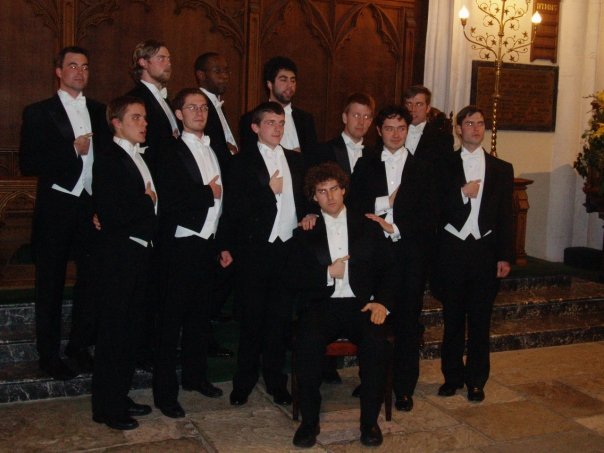
I fell in love with wine while I was studying in Italy as a college student. That’s where my path diverged from what I expected. Fortunately, I was able to intern at a winery called Fox Run Vineyards starting in 2009, which is where I met Julia.
It was a real oddity. At the time, there were no young people getting into the wine industry in the Finger Lakes. It was mostly career people in their mid-forties on up, so I was kind of an oddball, but I really liked it. The winemaker there suggested—after a couple of weeks of me continuing to show up, even though I wasn’t being paid—if you’re serious about this, you should go work a harvest in New Zealand.
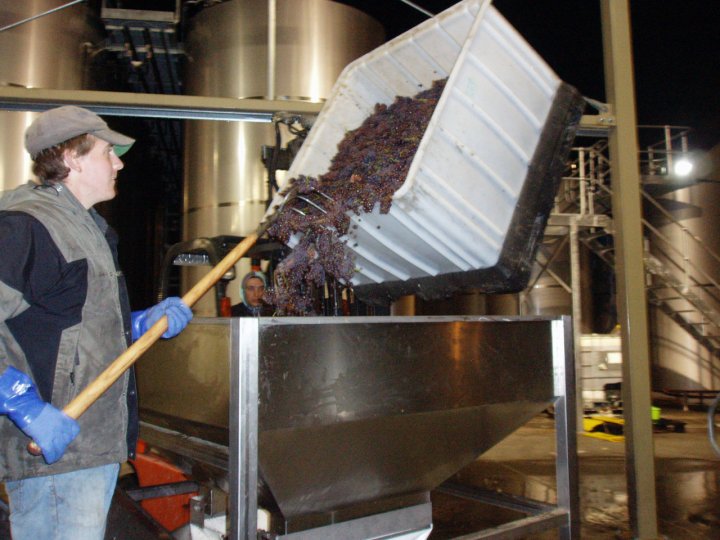
I did that for three years and then got hired at Red Newt as the assistant winemaker. Then I got promoted to winemaker and had a great time there working with several different single vineyard sites. Red Newt didn’t have vineyards. They worked with some different growers that they have relationships with.
As a young winemaker, that’s a dream to have all these different fruit sources coming to you that you can run trials on and experiments on and figure out the things that really express the site better or worse and what those sites want to tell you. I came up with some things that became signatures both for vineyard sites and signatures for my particular winemaking style, and I really homed in on those and have brought those to the forefront of Apollo’s Praise.
At Red Newt, there was a winemaker signature series, which let me make some things that were considered esoteric, which is an important disclaimer because the first wine was a dry rosé. And now we think, “How is dry rosé esoteric? It’s a juggernaut.” If anything, the bubble has started to burst on dry rosé. But in 2013, it was an oddball thing to want to launch a sublabel with.
Julia: Especially in the Finger Lakes, because we’re always two or three years behind.
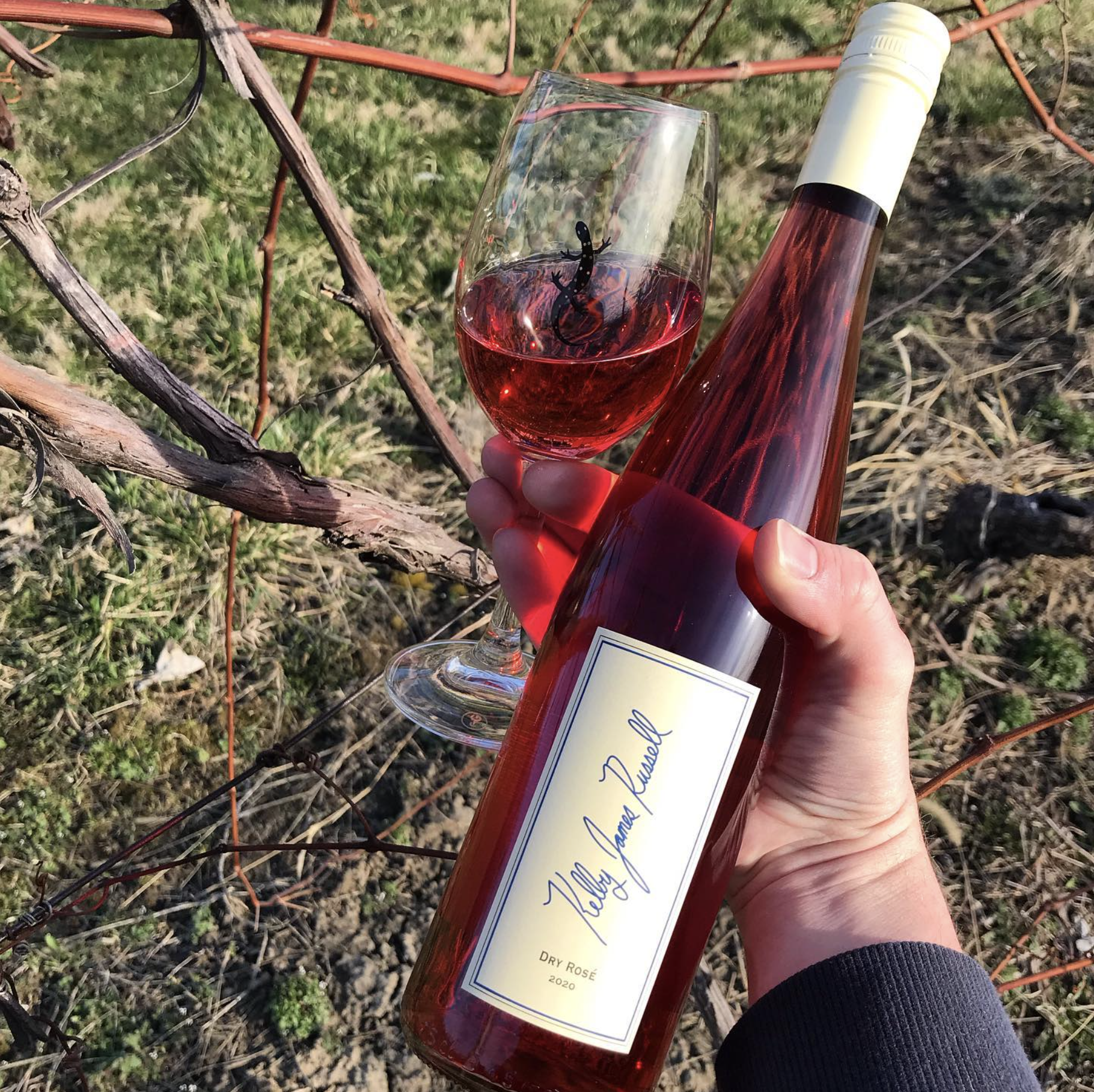
I see you brought some dry rosé for us to try. Would you say this is strongly influenced by your experimentation at Red Newt?
Kelby: Yes. It’s basically a 1-to-1 from my time at Red Newt. The reason that the fruit isn’t from the vineyard that we bought and is from a different vineyard site is because that’s the one I’ve worked with since 2013. We’ve had such a great relationship, so there was no reason to upend the apple cart.
Dry Rosé “Nutt Road Vineyard”
Kelby: In wine, I feel like we always talk about aromas, and as professionals, we don’t really think about the color actively unless something’s wrong with it. But I feel like this rosé has always been noted for being just incredibly vibrant, like neon pink. And it’s been that way right since the beginning.
It’s 100% Cabernet Franc. It gets 72 hours cold soak time, which is a pretty extensive amount of time on the skins. The color, I would say, is a byproduct of that. The cold soaking is actually because, stylistically, this is meant to be a much more full-bodied dry rosé. This is not meant to be a very light pink, easy-drinking, summer-quenching style (which is also great). This is meant to be a little bit more food-focused, a little bit bigger. And the cold soak is what allows for that. It also gives it this crazy fire of color.
Julia: From the early iterations of your rosé as well, Tavel was always something that we’ve looked at. And I was working in the south of France from 2012 to 2013 and had a lot of Tavel. So, not the same, but that’s certainly an influence on the style.
What else are you experimenting with through Apollo’s Praise?
Kelby: It’s a curious lineup for the spring launch. We have two releases in this first year: the spring releases and another fall set of wines. Of the spring releases, there’s only two that come from the vineyard site we bought last year, which was actually the whole reason this project exists. But the fall releases will be all from Lahoma.
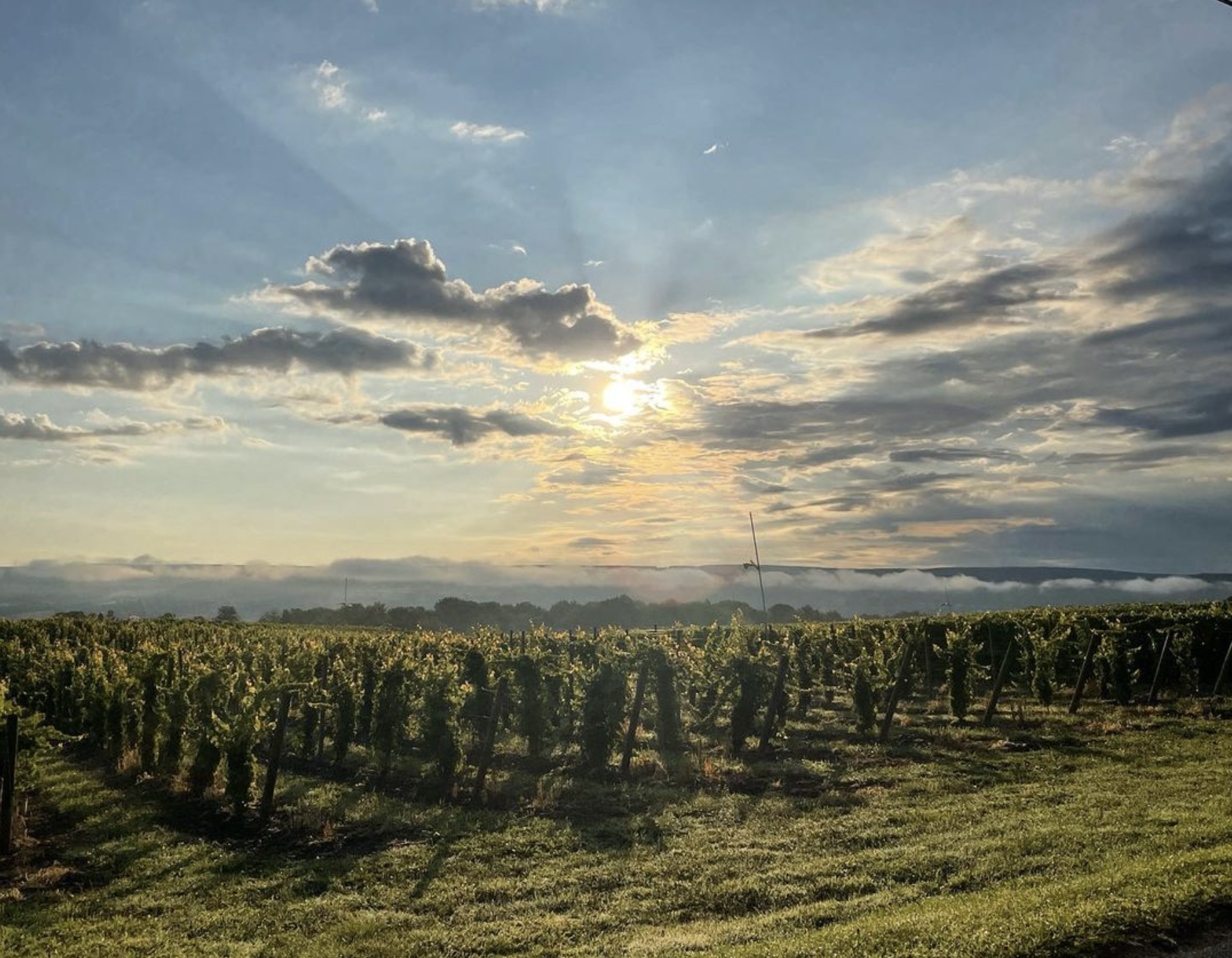
For this first set of releases, it’s Dry Riesling and Scheurebe from Lahoma. There’s a Riesling that internally is referred to as a “kabinett” style, but really juicy fruit, lower alcohol, just beautiful drinking style, and then the dry rosé and Cabernet Franc red wine both come from Nutt Road vineyard.
For the autumn releases, we have Grüner Veltliner, Chardonnay, estate Cabernet Franc, and then our pinnacle wine, which is a Dry Riesling called the Knoll, which is from a particular parcel within Lahoma. When I was at Red Newt, that was my calling card wine since 2013, and that’s one of the real standout wines from the Finger Lakes.
People ask whether it’s an homage to Knoll Austria, which I always take as a very positive compliment because those wines are incredible. But I assure them that the growers who planted that site and called it the Knoll have no idea. They could not have any less idea.
So you’re in the Finger Lakes. It’s not California. There are a lot of geographical challenges that you can’t ignore. Can you talk a bit about how that influenced your direction for Apollo’s Praise?
Julia: Yes, the Finger Lakes is not the West Coast, but we do have water. Sometimes that means we have too much of it, but we always have it. That’s the biggest question mark for us when we’re looking at going into the growing season.
It really starts over the winter. How much snowfall do we have? How much water is in the soil? Or if we have a cold night, how much snow is on the ground for insulation? We get into the spring, and it starts raining. It can limit the days that you can get out in the vineyard on a tractor because you have to be aware of compression and you don’t want your equipment sliding if you’re working on a hillside. Mud is an issue. And then, obviously, throughout the growing season, we’re always fighting with rainfall. Some years, it feels like it rains every other day.
I always say that if you’re making wine in the Finger Lakes, you can’t just have a couple of backup plans. You need to have A through Z because you will probably need to pivot 20 times before you get to where you want to be. I think that’s what we’re really good at in the Finger Lakes: pivoting all the time.
The two of us—particularly Kelby—we’re obsessed with the weather. All the growers will text Kelby and be like, “Kelby! What’s the weather going to do tomorrow?” He is the weatherman.
Kelby: When I was in third grade, I gave weather reports to my elementary school classes because I was obsessed with the weather.
Julia: And you’ve officially grown into that.
Kelby: I love to tell people that winemaking in the Finger Lakes disillusions you with the notion of the perfect wine, or a 100-point wine. It’s really a construct of the West Coast. It’s almost like they abstracted wine to a point where you envision 100-point wine and you’re always going towards it. And I think when you have vintage variation—as extreme or as distinct as it is in the Finger Lakes and a lot of Old World regions—as a winemaker, you understand your role fundamentally differently.
You’re not trying to craft every wine after some abstract ideal of perfection; you’re trying to best reflect what happened in the vineyard that year.
And not in some woo-woo terroir-is-mystical sense, but it is your job to express what happened the best way you can. You realize that your goal every year is to make the best version of the wine for that year, not some perfect ideal.
It sounds very intuitive, your process. I’m curious to know if you find it difficult sometimes to trust your instincts, especially with so many variables in the air?
Kelby: Oh my gosh, yes.
Julia: Yes and no, though. It’s also kind of nice that we’re good at telling the other person, “You know what you’re doing.” We are that soundboard for the other person. Sometimes we say, “Hey, so I’m having this problem around the winery. This is what I want to do. But maybe this will happen. Am I crazy?” And we assure the other, “No, you’re not crazy. Do what you’re going to do.” So it is nice. Kelby and I bring wine samples home so we can taste together.
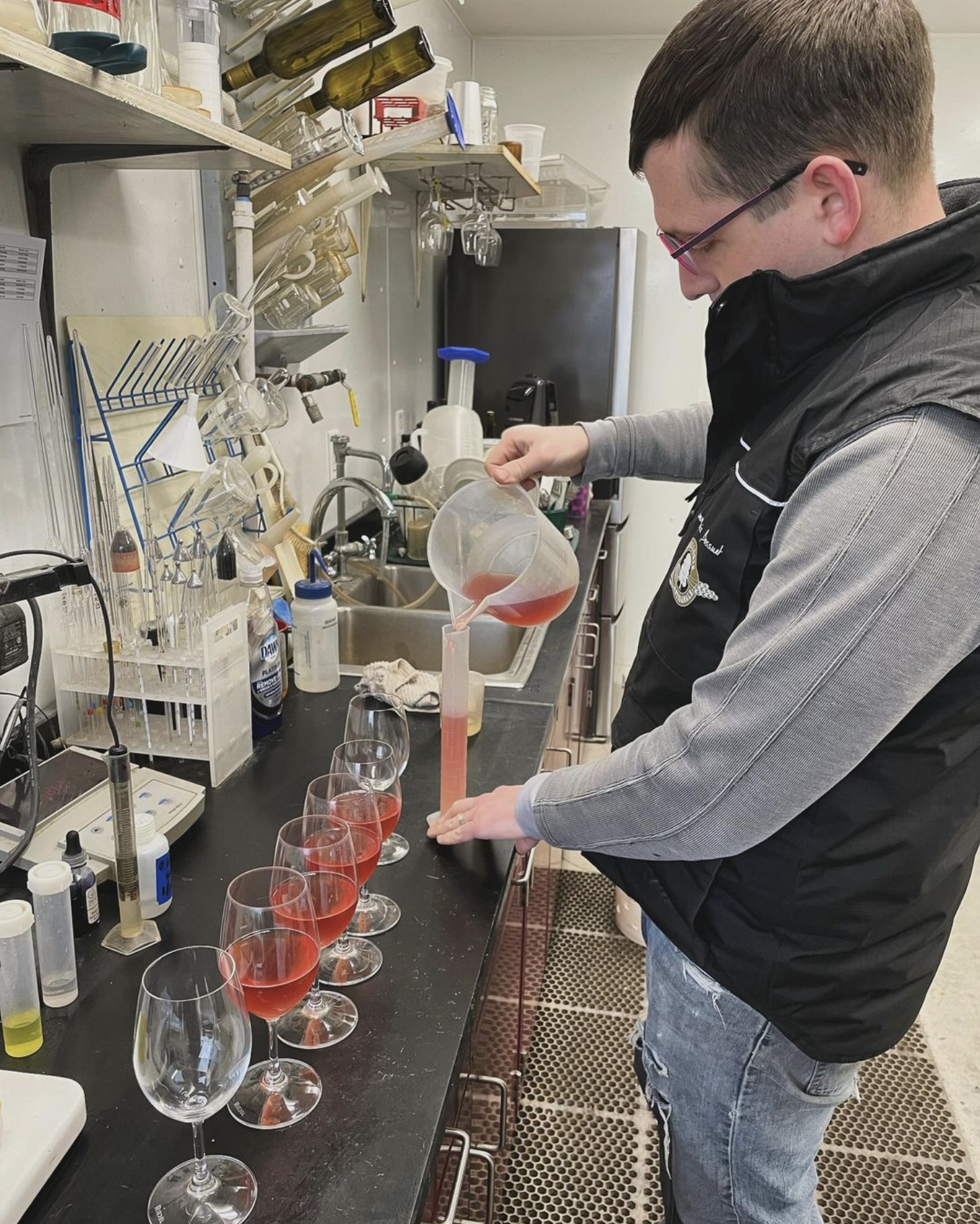
Now I run a professional tasting group just for winemakers in our region, and if you’re trying to craft the best wines possible—not just for yourself but for your region—you need that feedback. That group is more useful when I can bring a wine forward and say, “I don’t really know what’s happening here; I need some feedback,” and that’s when everyone else can chime in. We are able to be that person for each other with our own wines.
Kelby: I think during fermentation it matters a lot. As a Riesling winemaker, we have to grapple with the concept of sugar in a way that most winemakers don’t have to. A lot of winemakers, when they start fermenting, they’re going to the end. You don’t really get that luxury when you’re a Riesling winemaker. The difference of one gram to the next is huge.
Julia: You might want to stop at one or two grams instead of going full dry just to retain your fruit, because after two or three grams, it’s gone. The fruit’s gone.
Kelby: With Riesling, you get to these various sweet spots (pun intended) as it’s fermenting down where there will be an off-dry balance point. But even with a dry Riesling, you might have a balance point at eight grams per liter (that’s on the richer side), another one at five grams per liter, another one at 2 grams per liter. But you can’t go back. If you push it too far, you can’t add sugar back. You can add sugar, but it won’t return those aromatics that you lost by going further. There’s this real existential dread when you’re making these monumental decisions, usually at the tail end of harvesting when you’re strung out and tired.
Julia: And then you just cross your fingers that your chiller doesn’t fail.
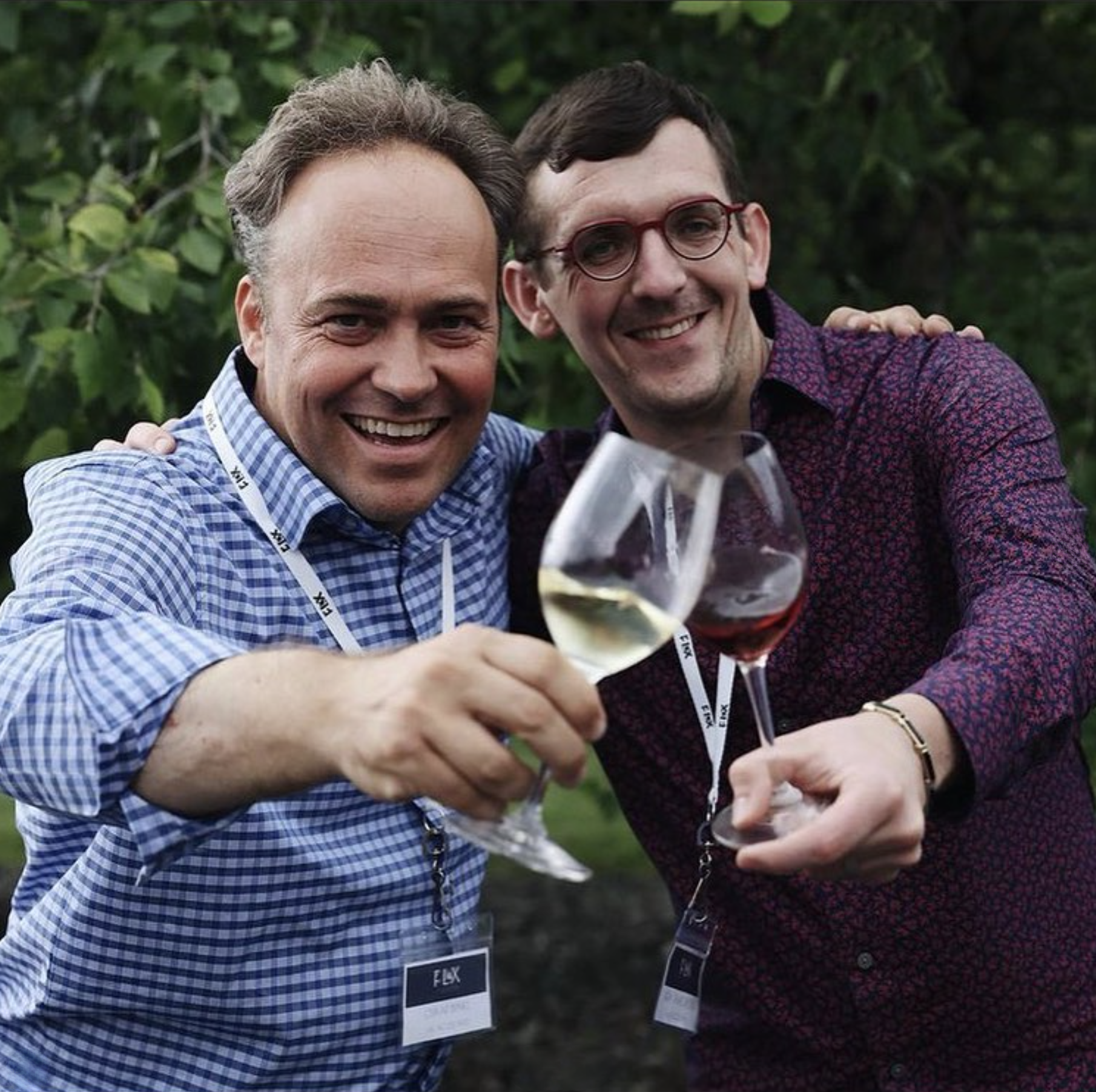
This sounds like a good time to compare and contrast your two Rieslings now.
Kelby: First is the Dry Riesling. This comes entirely from the vineyard site that we purchased last year, Lahoma. I sourced fruit from this same site when I worked at Red Newt. I guess the grower really loved the attention I brought to the site through some of the wines, and unbeknownst to us, had it in his head that he was going to sell the farm to us and didn’t let us know.
It was something he mentioned once then never mentioned again for years. And then in 2022, I texted and I’m like, “Hey, Ken, it’s a really light year out there. I know I got Chardonnay from you for the first time last year, is there any chance you have some this year?” And he said, “Can you call me?” And we call, and he says, “Sorry about the Chardonnay. There’s nothing left. It’s all accounted for. But do you want to buy the farm now?”
Julia: Now both of us are first-generation farmers.
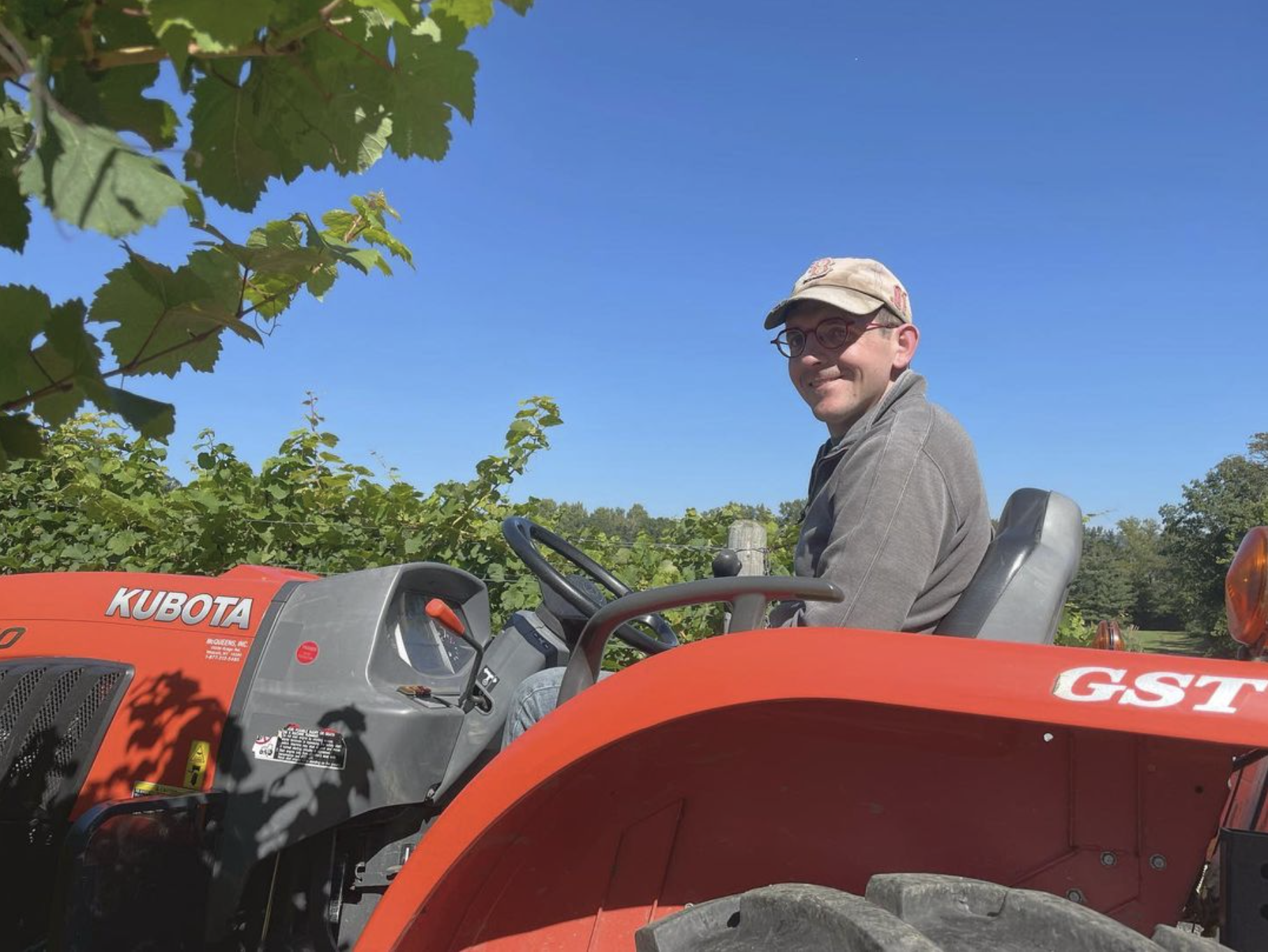
Dry Riesling “Lahoma Vineyard”
Kelby: This Dry Riesling comes from Lahoma, in particular from a three-acre block of the farm that was always my favorite, other than the Knoll. It used to be called the Seveners because it was planted in 2007—which is a dreadfully boring way to name blocks of fruit—so at some point I nicknamed it the Pentecostal because it’s such a painful block to work.
No one would work that block of fruit unless you thought that the wine that was going to result from it justified the effort. And this wine does, time and time again. But it’s low-yielding, it’s a pain to keep the fruit clean—it’s a whole thing. It’s a bit of a nightmare sometimes, but the results can be beautiful. There was no question that we wanted to make the Dry Riesling out of that.
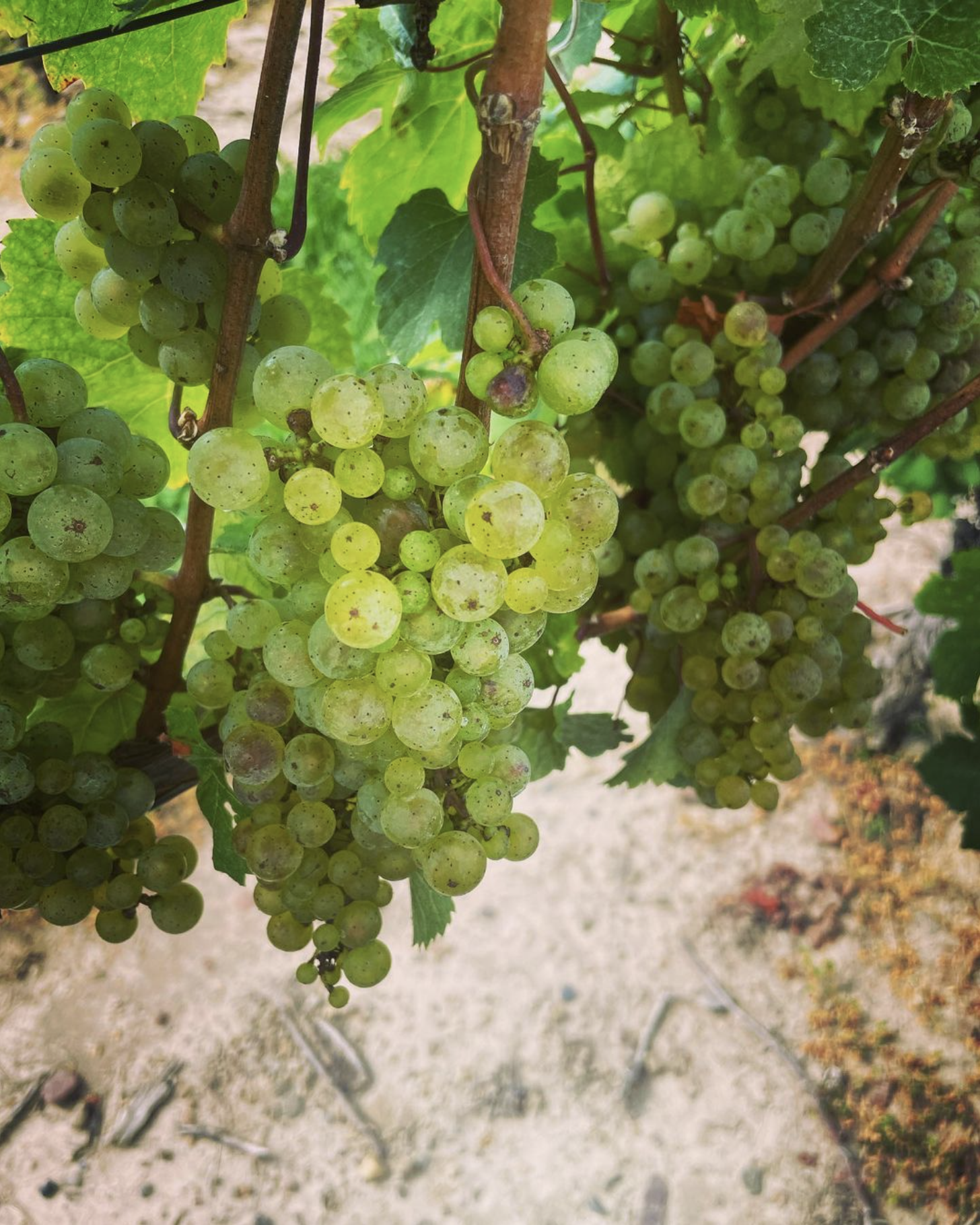
Lahoma has quite a bit of sandstone in it overall, and this particular block is pretty extreme in that regard. It always produces these explosive grapefruit and ripe fruit aromatics year in and year out, regardless of vintage characteristic. The vintage will imprint on it, but there’s something about that site that rips right through and makes a really enjoyable tight but ripe dry Riesling.
Riesling [Kabinett]
Kelby: Next is the Riesling that we internally refer to as a Kabinett style. In the Skurnik book I think it’s listed with the Kabinetts because the alternative would be to call it medium sweet, which is like the kiss of death on an English label. No one will touch it with a ten-foot pole.
Julia: This is much juicier, much more tropical driven, 8.5-10% alcohol. We joke that in Australia it would be called a “brekkie wine.” It’s super delicious for a hot day, hanging out.
Kelby: It’s been fun for people to try it because it’s just such a delicious wine. You don’t need to qualify it. I think it’s maybe one of the more surprising wines that people have tried.
We only have a couple minutes left, so we have to talk about the label and the name Apollo’s Praise and where that all came from.
Kelby: The name is a lyric from a song I sang in the Glee Club. It’s a group that meant so much to me, and it felt like in some ways the music side of my personality had been almost ignored at the start of my wine trajectory, so this was a way to bring it back together.
Julia: And then the label, the artist is Cristi López. I came across her of all places on Instagram. I started following her in 2019. Kelby and I bought a couple of her pieces, and then when we started thinking about the label, we thought, “Why don’t we reach out to Cristi?” She’s our age, she’s based in Tampa Bay, Florida, and she did a fair bit around Miami and Chicago where her gallery is located. So we reached out. We didn’t know what she’d say, but she was super down. We threw some ideas her way, and my friend Katie helped with the layout. We didn’t want to burden Cristi with the Surgeon General’s warning and where to put it, barcodes, that stuff. But Cristi is awesome. We actually went on a roadtrip to Chicago last weekend because she had her second solo show opening at the gallery.
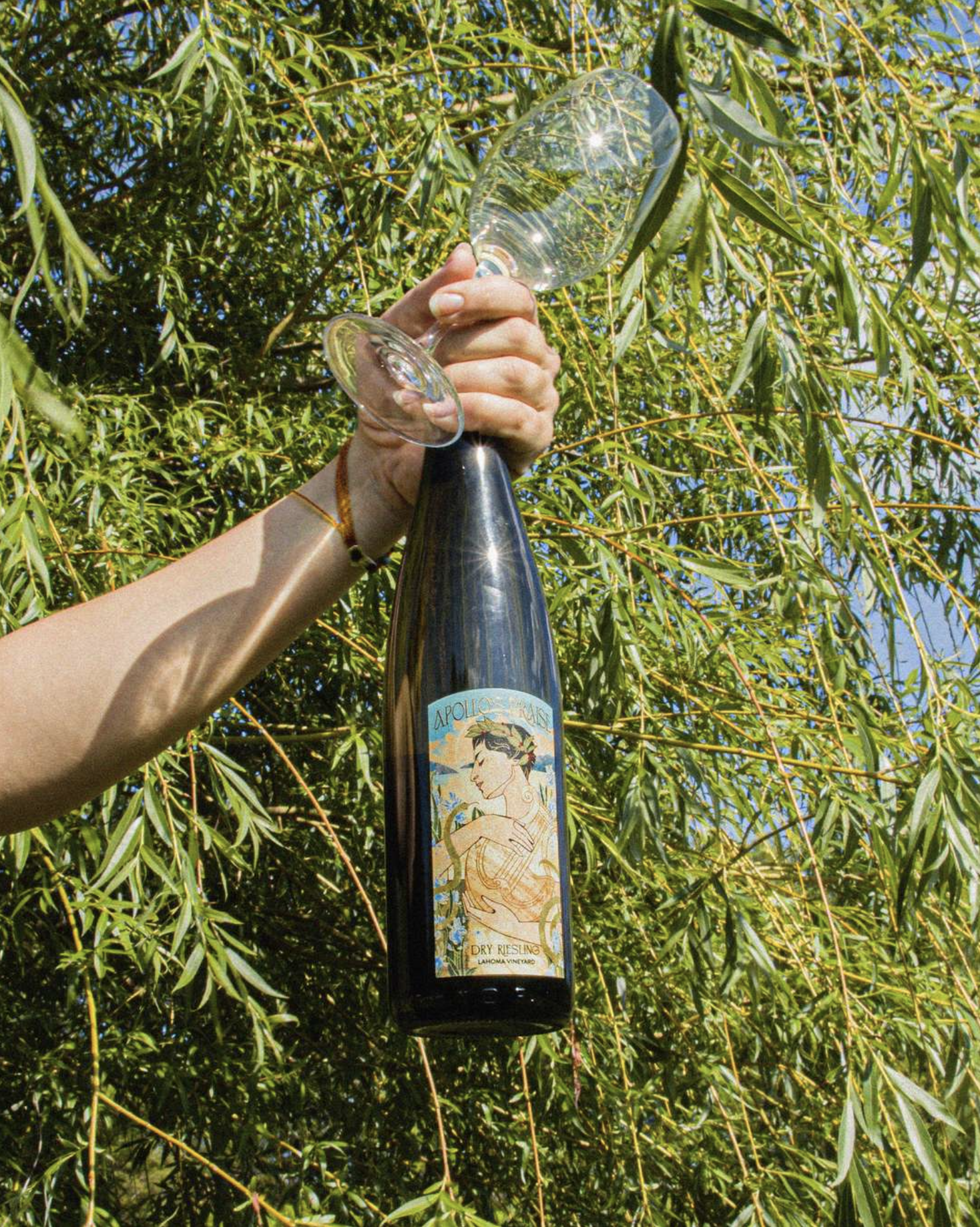
Kelby: There’s a fun Easter egg in the lyre that Apollo’s holding. She put in the sheet music for the song. So that’s tucked away for people who happen to notice it. I think the label is beautiful, which is obviously important, and we want it to be memorable for people on the shelf. But I also feel like it lines up with what we’re trying to accomplish as a winery and for the region because it’s bold but classic in equal measure. And I feel like if I had to describe what we’re trying to do with Apollo’s Praise in two words, that would probably be it: bold and classic. There’s really good synergy there.
This interview has been edited for length and clarity.
The Wines
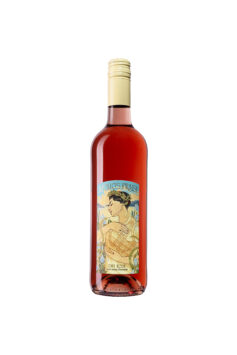
- Practicing Sustainable
- 100% Cabernet Franc
- Nutt Road Vineyard (Seneca Lake AVA)
- Farmed by Peter Martini of Anthony Road Wine Company
- Crushed and cold soaked for 72 hours prior to pressing off
- Fermented in stainless steel at cool temperatures
- Rest on lees until March 2024
- 305 cases produced
- 4 g/L R.S.
- 13% abv
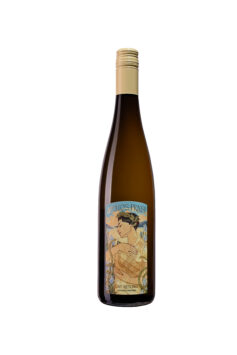
Dry Riesling “Lahoma Vineyard”
- Practicing Sustainable
- 100% Riesling
- Lahoma Vineyard (Seneca Lake AVA)
- 73% Pentecostal Block, 27% The Knoll Block
- Harvested Oct 20th & Oct 25th, 2023
- Three days cold soak on crushed skins prior to being pressed
- Combination of wild yeast and Epernay II yeast
- 2-month fermented in a mix of neutral barriques and stainless-steel tanks
- Rested on the lees until April 2024 before being racked, filtered, and bottled
- 3 g/L R.S.
- 349 cases produced
- 12.7% abv
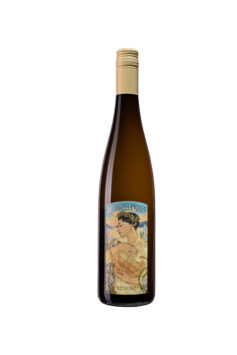
- Practicing Sustainable
- 100% Riesling
- Boundary Breaks Vineyard (Seneca Lake AVA)
- Crushed and cold soaked for 24 hours before pressing out
- Cool, slow fermentation in stainless steel
- Rested on lees until April 2024
- 51 g/L R.S.
- 245 cases produced
- 8.5% abv
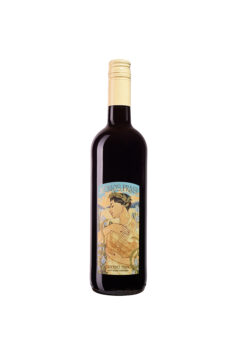
Cabernet Franc “Nutt Road Vineyard”
- Practicing Sustainable
- 100% Cabernet Franc
- Nutt Road Vineyard (Seneca Lake AVA)
- Farmed by Peter Martini of Anthony Road Wine Company
- Gentle east-facing slope
- Cold soaked for 72 hours before fermentation
- Native yeast fermentation in stainless steel
- Punch downs and pump overs three to four times a day during peak fermentation
- Kept on skins and stems for 4 more weeks
- Screw-pressed off and returned to tank
- Rested on lees with twice-monthly lees stirring until April 2024
- 274 cases produced
- 13.5% abv
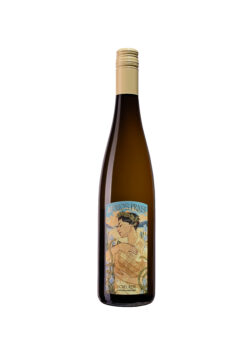
- Practicing Sustainable
- 100% Scheurebe
- Lahoma Vineyard (Seneca Lake AVA)
- First planting of Scheurebe in New York State
- Planted in 2018
- Hand-harvested
- Fermented in neutral French barriques
- Rested on lees for a month before racking
- Finished in stainless steel for four months
- 2 g/L R.S.
- 69 cases produced
- 12.4% abv
RELATED POST
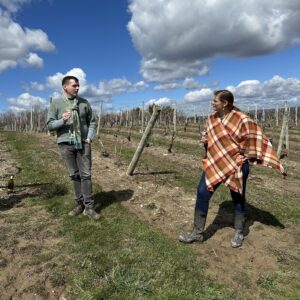
Remember when our team visited the Finger Lakes and got a sneak peek of Apollo’s Praise for the first time? Read the blog here.




